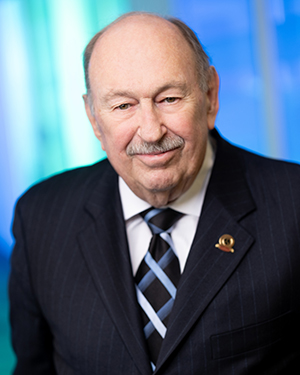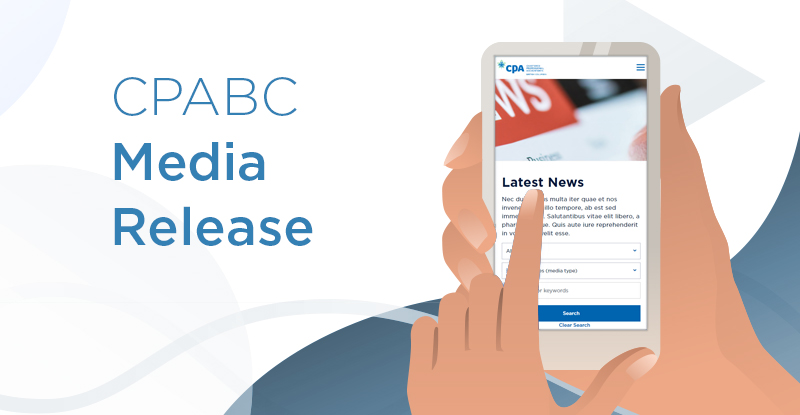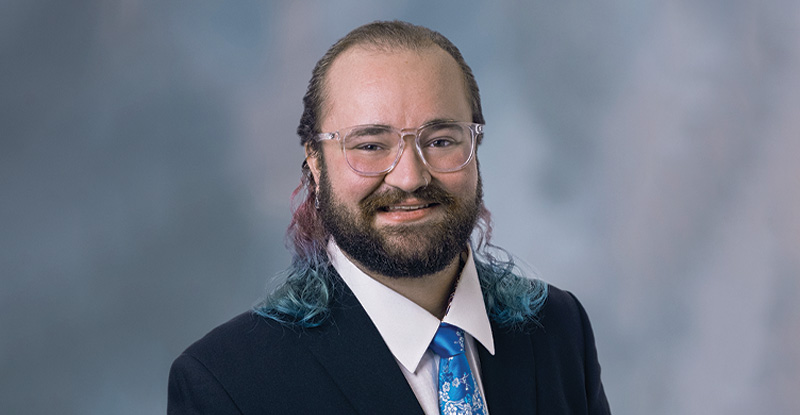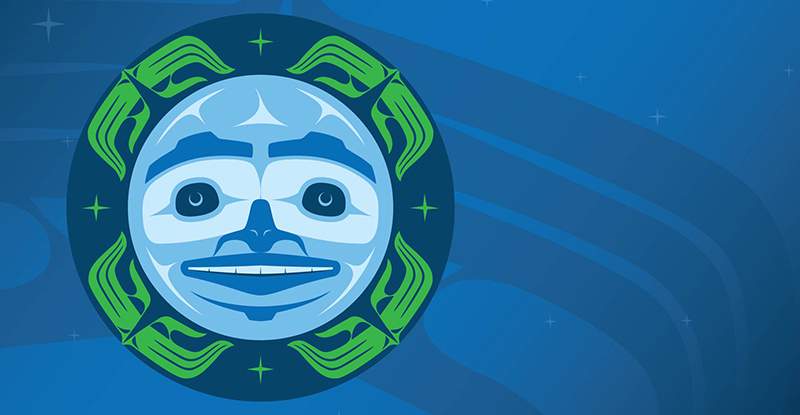
Very rarely does someone give back in a way that affects thousands of lives. Along with serving in volunteer leadership roles with the CPA profession during his career, Ron Royston, CPA, CA (headshot courtesy of Kent Kallberg) also gave back extensively with St. John Ambulance BC & Yukon, St. John Ambulance Canada, and the Canadian Club of Vancouver. A retired partner with Grant Thornton LLP, Ron’s volunteerism has been widely recognized with esteemed awards including the Emergency Management BC’s Public Safety Lifeline Volunteer Lifetime Achievement Award, the Queen Elizabeth II Golden and Diamond Jubilee medals, and Canada 125 Medal for Community Service, and recently, CPABC’s Distinguished Service Award.
 However, Ron’s most significant volunteerism is perhaps his 50-plus years of service with North Shore Rescue (NSR). He first got involved in the late 1960’s, under solemn circumstances. “I was initially a ski patroller at Whistler Mountain, having joined after one of my friends was killed in a winter snow event,” he says. “I wanted to learn more about the skills needed to help make sure that people could recognize when there was potentially a problem, or if a problem occurred, they knew how to successfully rescue people. And what better place to do that than Whistler Mountain.”
However, Ron’s most significant volunteerism is perhaps his 50-plus years of service with North Shore Rescue (NSR). He first got involved in the late 1960’s, under solemn circumstances. “I was initially a ski patroller at Whistler Mountain, having joined after one of my friends was killed in a winter snow event,” he says. “I wanted to learn more about the skills needed to help make sure that people could recognize when there was potentially a problem, or if a problem occurred, they knew how to successfully rescue people. And what better place to do that than Whistler Mountain.”
During this time, Ron also pursued his accounting designation and after completing his studies, he and his wife decided to purchase their first home. “When we bought our first house in North Vancouver,” Ron recalls, “the leader of North Shore Rescue basically tapped me on the shoulder and said, ‘You're part of the team, my boy, and welcome aboard. We have a rescue for you to participate in and it's going on right now. Could you get your gear ready and help out?’ So I did.”
That was in 1975. As a part of the search team, Ron went on to volunteer with NSR on more than 900 search and rescue calls involving more than 2,000 subjects and his efforts saved many lives. Over the years, his involvement deepened and he took on the roles of search and rescue manager, while also training team members on mountaineering skills and developing avalanche rescue plans. Currently, he is a director and treasurer, a role he has held since 1993.
Throughout his involvement, Ron’s knowledge of accounting, finance, and business has strengthened NSR and moved it forward. “My CPA training has contributed significantly to being able to help nurture this rescue team to do significantly more with the resources that we have available,” he says. “When certain financial or business challenges came up, I knew that yes, I can do that and I can help make that happen.”
In part, he has advocated for the team to access new technologies, as well as increased air support which plays a vital role in carrying out rescues. “My commitment was to learn some of the new technologies that would improve access and help secure funding from the people who had the purse strings to help pay for them,” Ron notes.
He explains, “When I began serving as a search and rescue manager, we soon realized that using one helicopter was like having 1,000 people on the ground. That air support allows us to do things much more quickly and safely.” This, combined with recent technology, has also made rescues more efficient. “Your cell phone will tell us exactly where you are if we ask it to,” says Ron. “You give us the opportunity and we'll ping your phone and we'll know exactly within a five-meter radius where you are in this world.”
The process of completing any rescue is exhilarating, but especially when done by air. “I was fortunate enough to be working with the volunteers the first time we used the long line rescue techniques of helicopter rescue,” says Ron. “You put a person on the end of a rope and the rope is affixed to the helicopter. If you can imagine, the helicopter takes off and as it gets to the point when the rope is taut, you're out to the full length. If the helicopter goes up, so does the rescuer who's on the end of that rope. And if the helicopter goes down slowly, so does the rescuer.”
Adrenaline aside, the focus is, of course, always on the people being located or rescued. “Using this technique meant the team could input rescue people into a scene and get the casualty or the injured person into a situation where they could be transported out and bring them back to safety and to treatment,” says Ron.
With Ron’s involvement, NSR has significantly increased its ability to search for and rescue people who may be lost in the mountains, down canyons, or in urban settings. NSR can also carry out “better and safer rescues than we were able to do in the past,” he says. “That’s fortunate, because our call volume has gone from 12 per year when I first started volunteering with NSR, to 240.”
Do you know a fellow CPA who deserves to be nominated for a Distinguished Service Award? Check out the award criteria and submit your nomination today.
Leah Giesbrecht is a communications specialist at CPABC.


